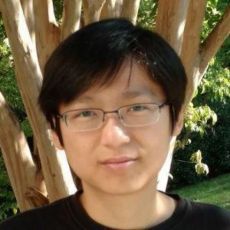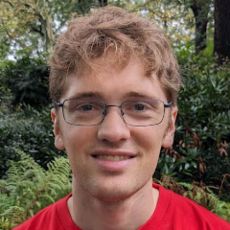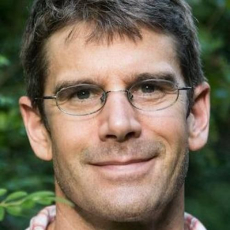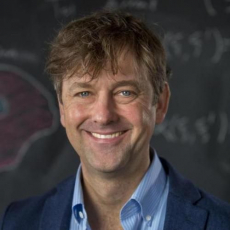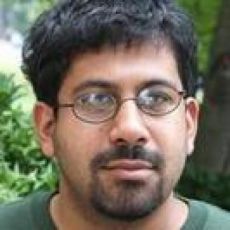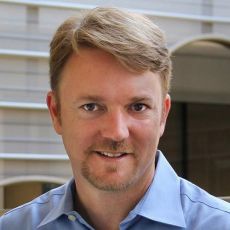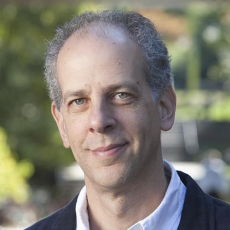A large number of signals is collected from a wide variety of physical and biological phenomena, and in a variety of forms, ranging from acoustics, radar, camera images, hyper-spectral images, movies, and many others. These signals are the ones that our own human sensors are used to measuring, and our own brains have evolved to efficiently interpret. Huge data sets of this type are collected daily, from consumer cameras to music studio recordings to satellite images. The large collections of signals need to be analyzed, in order to to order them and to extract useful information. For example, technology companies of all sizes develop and use tools to automatically categorize and recognize objects and faces in images, or in art works; in digital pathology one would like to be able to automatically categorize cell types, or, in neurobiology, cell activity; in applications to agriculture the condition of the crops is monitored by aerial hyper-spectral imaging; in the study of simulations of biological molecules one would like to understand how large molecules move in the high-dimensional space of possible configurations. There are of course many data types that are very different from signals that we are used to hearing and seeing, and require different analysis tools. Examples may include the activity in a social network in time, or a set of transactions in an economic network, or the interactions between gene and proteins through time in a biological network.
Several faculty members in the Duke mathematics department have focused their research on problems related to large-scale processing of signals and data. This includes learning from large collections of signals (sounds, images) and data sets, developing new mathematical tools to explore them, and designing new algorithms to make quantitative assessments and models for large data sets. Ideas from probability, graph theory, harmonic analysis, approximation theory, geometry, topology, computation, among others, all play fundamental roles in these highly interdisciplinary collaborations.





